 | On average, a bear market in traditional markets lasts around 290 days. Since the Great Depression, there have been 14 bear markets lasting between 1 month and 1.7 years. Source: https://www.investopedia.com/a-history-of-bear-markets-4582652 What about crypto? In the most basic definition of a bear market, the previous crypto bear markets lasted roughly a year: 2014 bear market: 405 days 2018 bear market: 364 days But let's look at the more extended definition including the full bear winter for the 2018 bear market: If we go with the pivot point where any downtrend ended (beyond the lowest low), and the uptrend started, then a full bear market for the 2018 cycle would be 417 days. If we go all the way to the breakout and confirmation, then 509 days. So even in the most stretched definition of a bear market, we are looking at 1 year 4 months, and 23 days. Still not multi-year. The definition of a bear market.This is probably where the confusion lies. I think some people believe that we are always in a bear market until we break past the previous ATH. We could go for 5 years of upward trend and positive years, they would still think it's a bear market until it breaks a new ATH. Some people even only believe that everything is a bear market, unless prices go parabolic. But that's not what a bear market means. And for something as volatile as crypto, that's definitely not the type of stretched definition to go by. You can be in a full bull market that never returns to ATH. A bear market is simply an extended period of downtrend, lower lows and lower highs. Which can be as short as just multi-weeks. In traditional markets, for indices, you usually talk about prices moving down by at least 20%. For crypto, the mean volatility is much higher, so you would likely talk about drops of more than 40%. In addition, bear markets are measured by sentiments, like the fear and greed index. They would also be deep in the fear side for an extended period. https://www.investopedia.com/terms/b/bearmarket.asp The halving misconception.There is also a misconception that you have to wait for the Bitcoin halving before a bear market ends. That simply hasn't been true. The last bear market ended 1 year and 3 months before the last halving. The 2014 bear market ended 9 months and 8 days before the halving. This is going by the more generous pivot definition of a bear market. When is a bear market officially over?This is the more difficult part of the definition, and the part where even experts disagree. The simplest definition is in retrospective from the top of the price drop to the bottom. But many economists would argue that there would have to be an uptrend and at least a pivot into an uptrend first. While others believe there needs to be a real breakout and confirmation. As I've illustrated above with the 2018 chart. Ultimately, it will come down to market sentiments, when it's no longer overly dominated by bearish sentiments and fear, and no longer dropping to lower highs and lower lows. So it's a bit of a murky definition with some grey areas. So understandably, not everyone is going to be on the same page on this. https://www.reuters.com/markets/europe/what-is-bear-market-2022-06-15/ [link] [comments] |

You can get bonuses upto $100 FREE BONUS when you:
💰 Install these recommended apps:
💲 SocialGood - 100% Crypto Back on Everyday Shopping
💲 xPortal - The DeFi For The Next Billion
💲 CryptoTab Browser - Lightweight, fast, and ready to mine!
💰 Register on these recommended exchanges:
🟡 Binance🟡 Bitfinex🟡 Bitmart🟡 Bittrex🟡 Bitget
🟡 CoinEx🟡 Crypto.com🟡 Gate.io🟡 Huobi🟡 Kucoin.
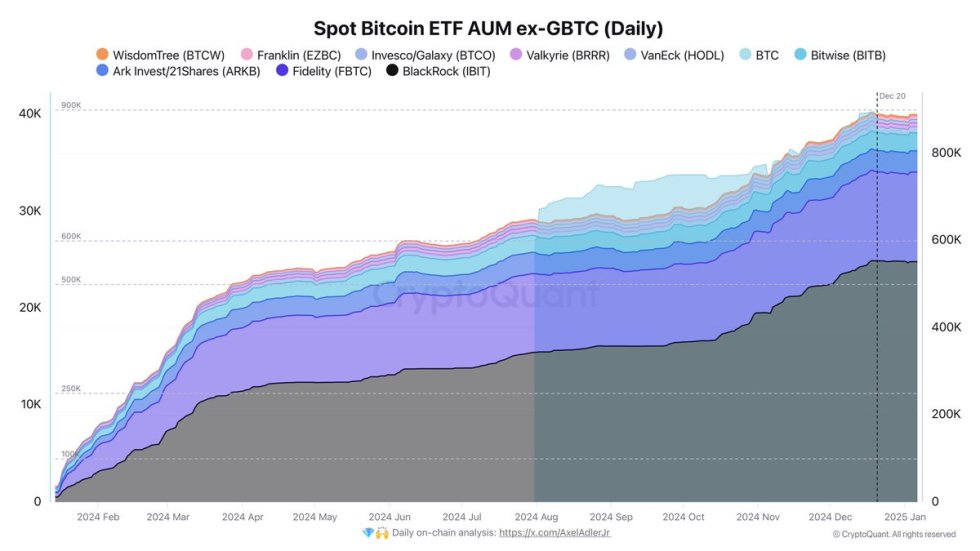


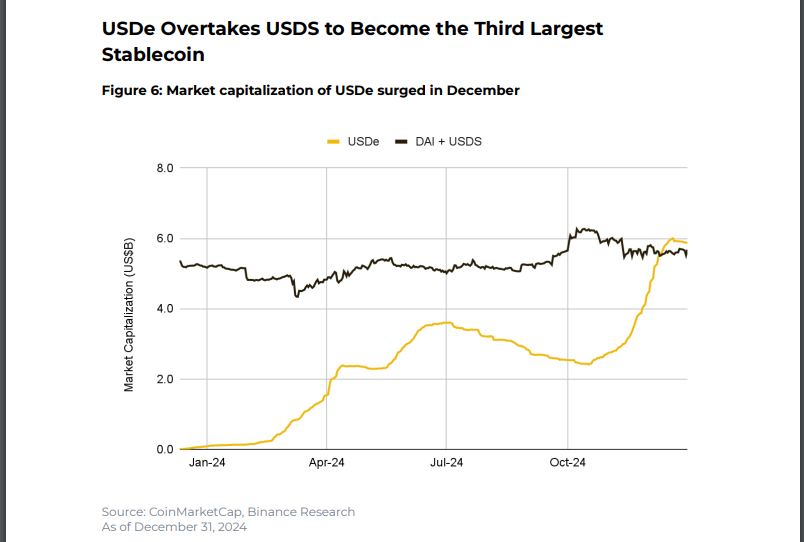


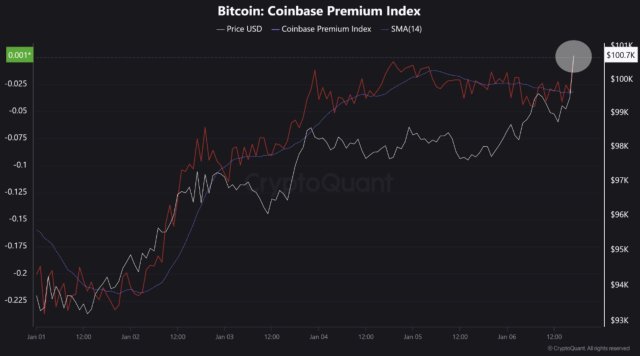
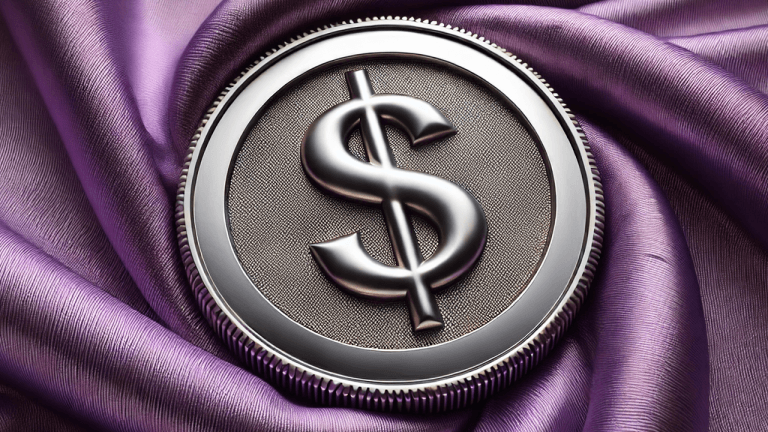
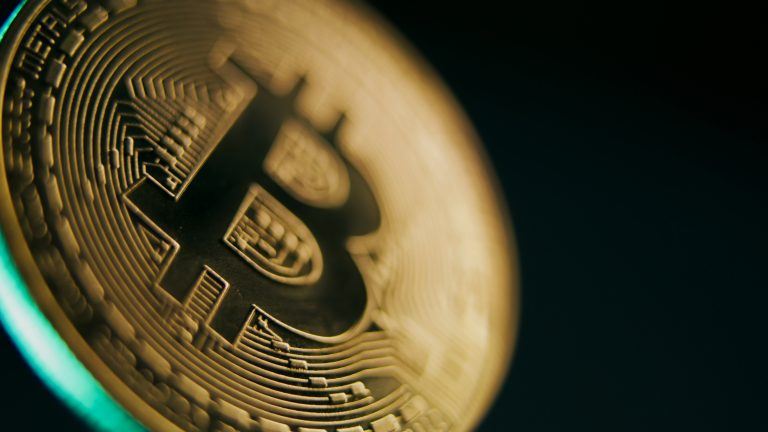




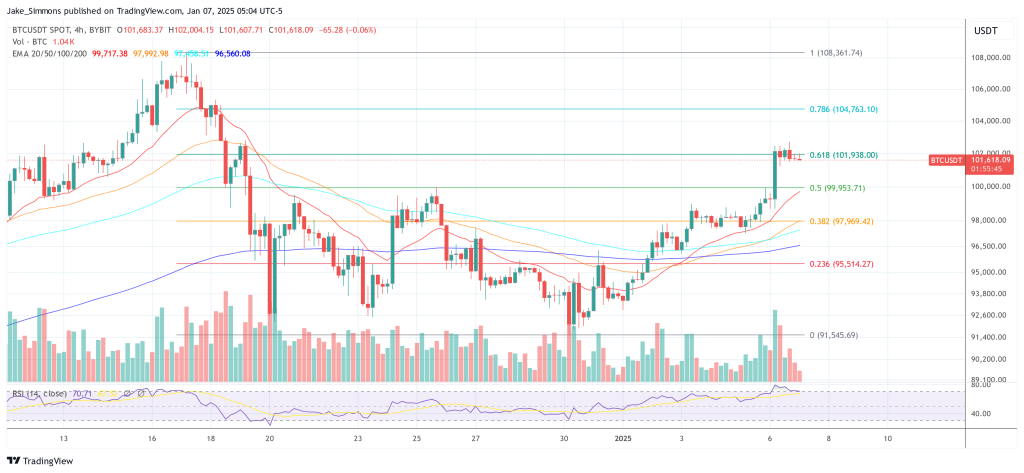


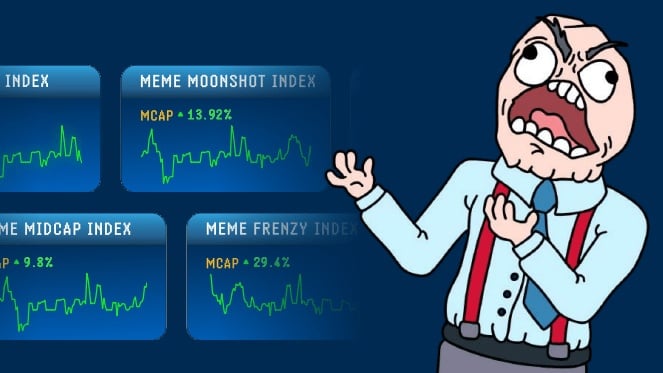
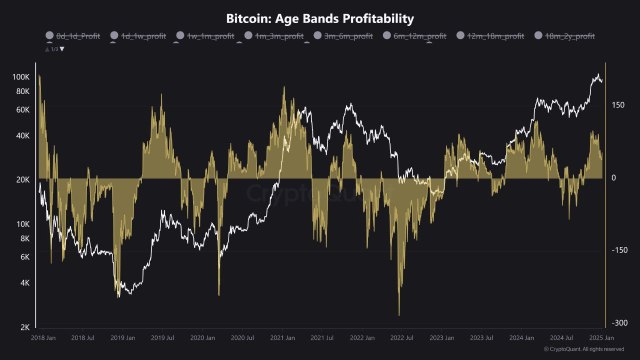


Comments